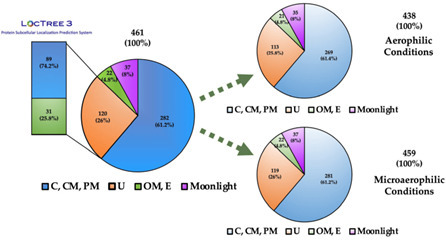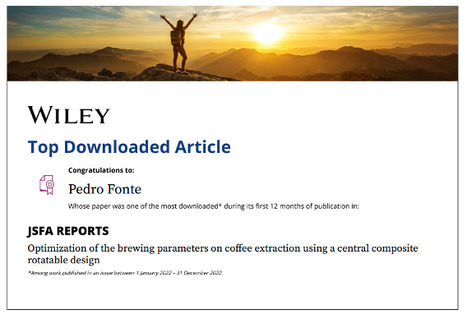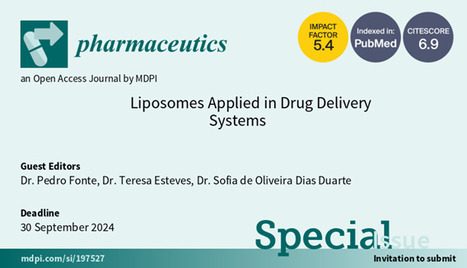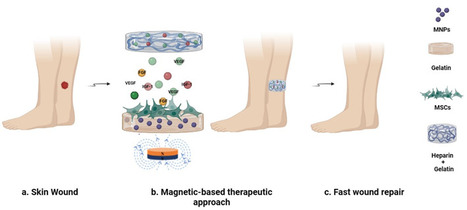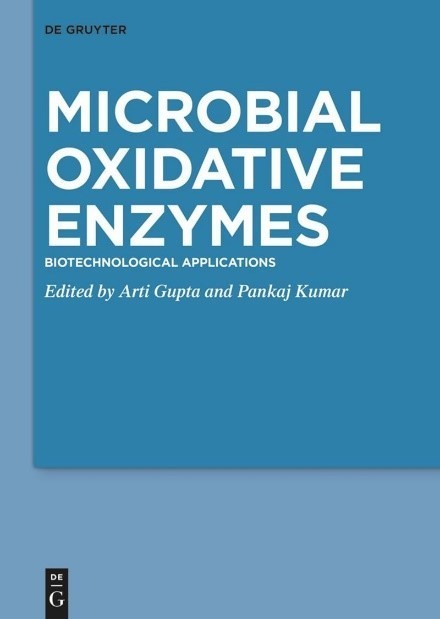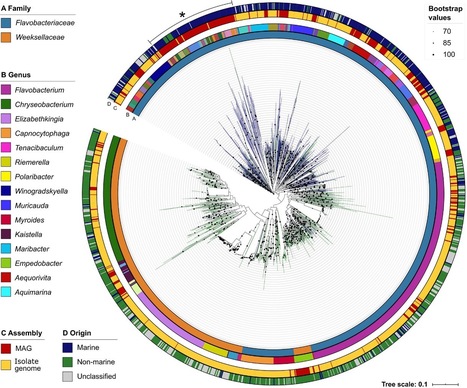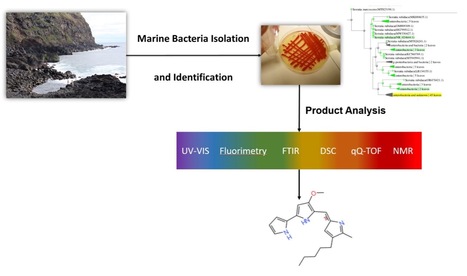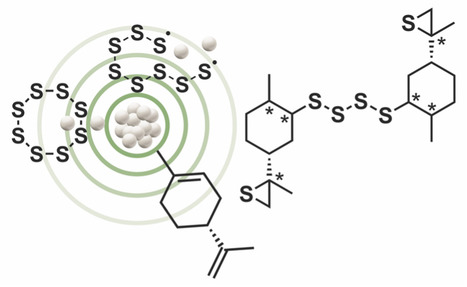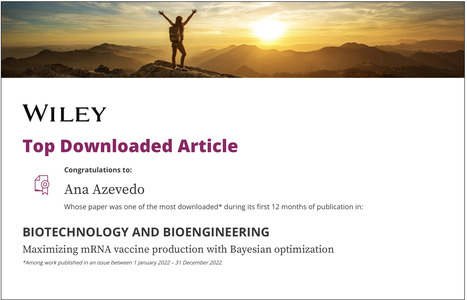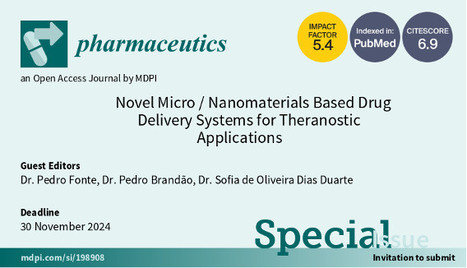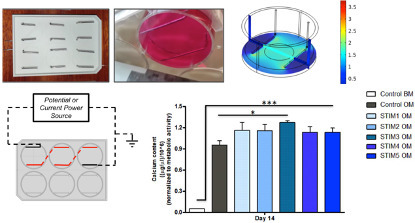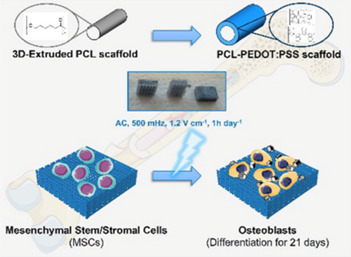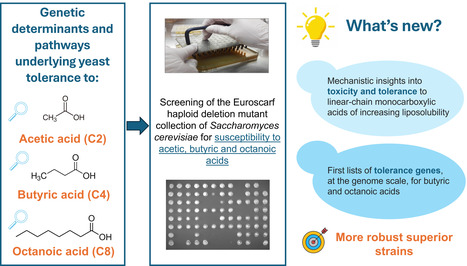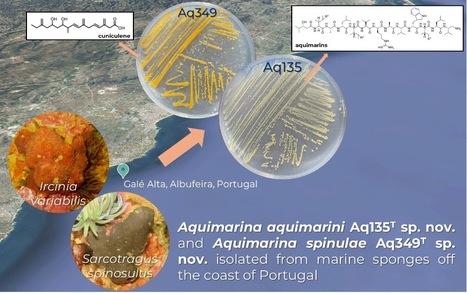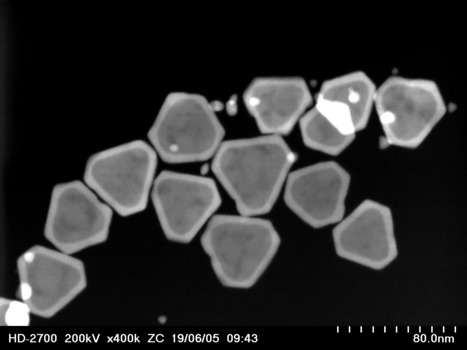
Many metal nanoparticles exhibit plasmonic properties that can be explored in different applications. The synthesis of these nanoparticles often leads to a heterogeneous mixture in terms of sizes and shapes that needs to be fractionated to yield samples with narrow plasmon resonances. A simple method based on sucrose density gradient centrifugation has been proposed by BERG-iBB researchers and colleagues from Centro de Química Estrutural and Universidade de Aveiro for the fractionation of colloidal silver nanotriangles. The method affords particle fractions with surface plasmon resonances spanning from red to infrared spectral ranges that could be used to tune optical properties for plasmonic applications. The work is part of the PhD thesis of Rui Oliveira Silva and was published in Nanomaterials.




 Your new post is loading...
Your new post is loading...

